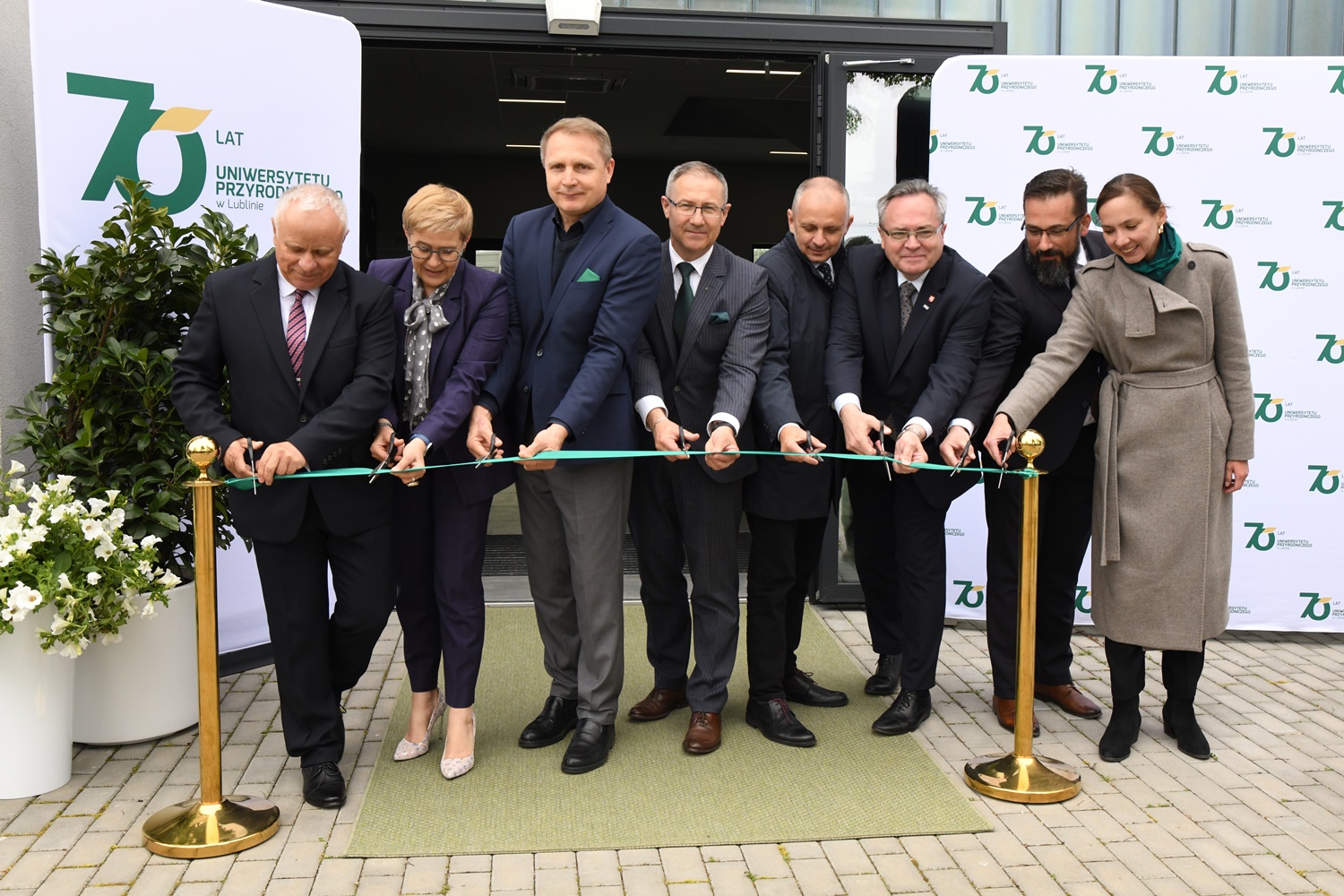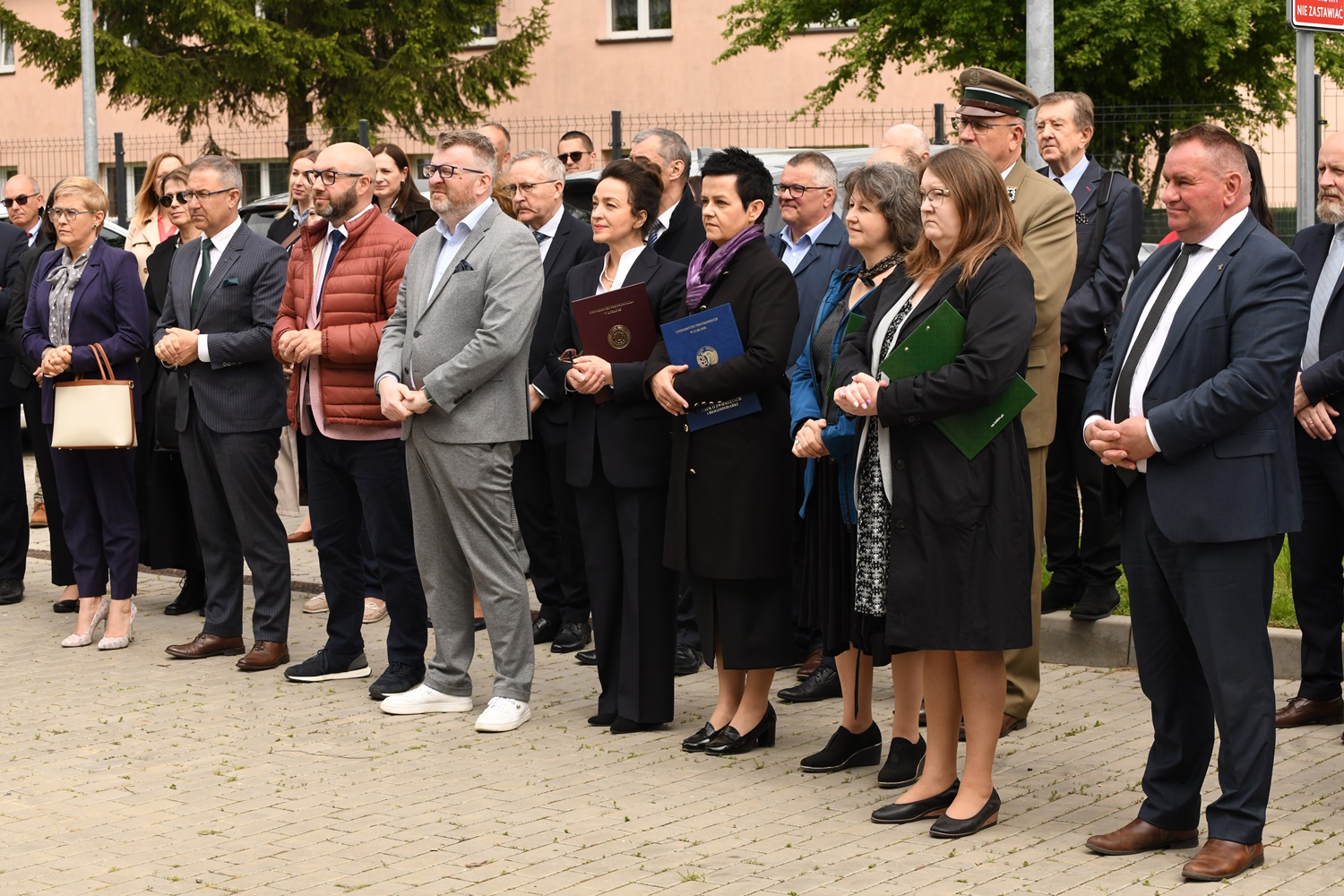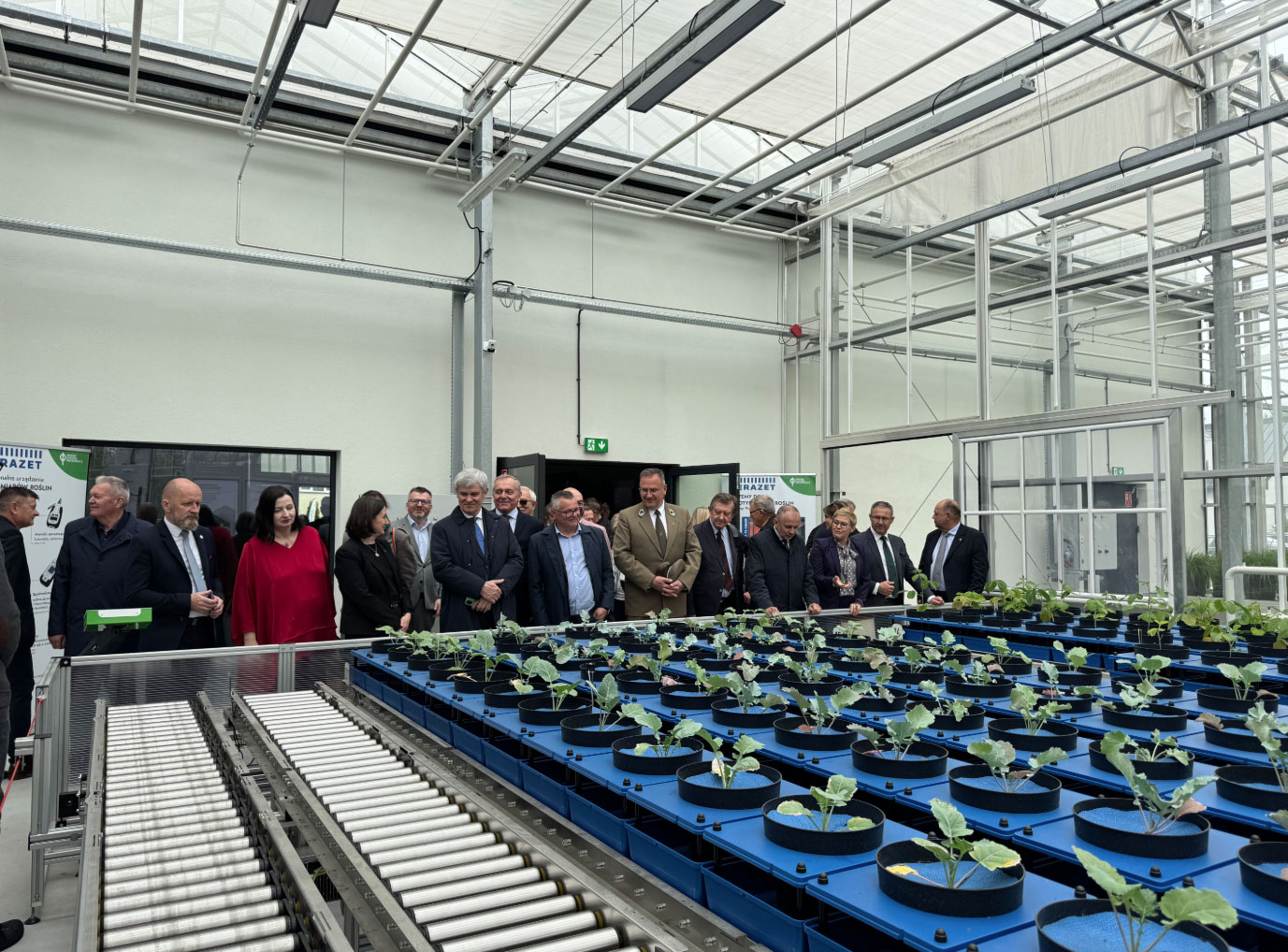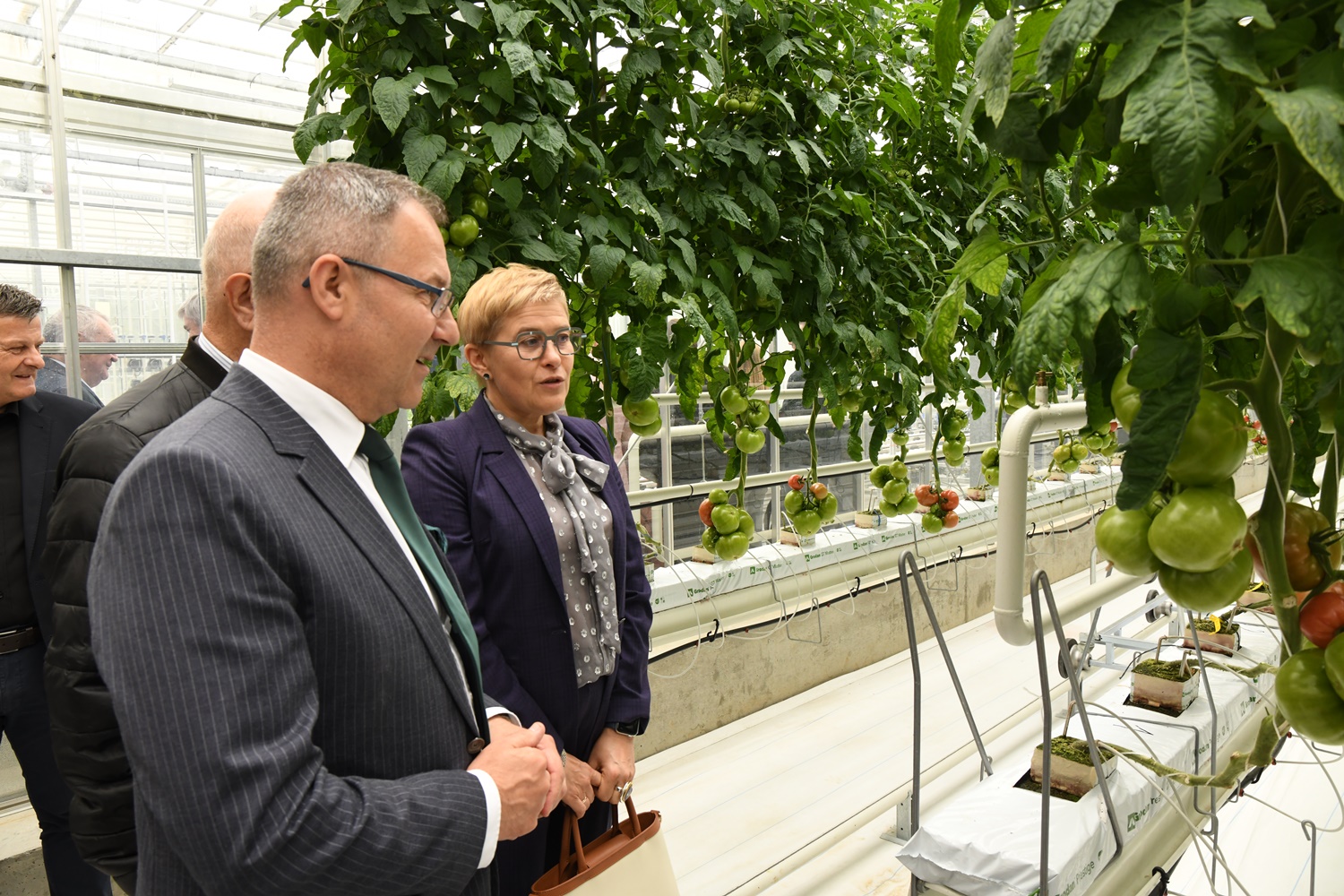
Scientific precision at the leaf level – groundbreaking research technology already in operation in Lublin

The University of Life Sciences in Lublin has launched Poland’s first automated platform for digital phenotyping of plants under greenhouse conditions. Modern infrastructure makes it possible to perform highly accurate analyses of plant condition in real time. The Centre for Plant Phenomics of the University of Life Sciences in Lublin was officially opened on 6 May 2025.
Digital imaging is becoming an increasingly important tool in the hands of plant scientists. Thanks to modern phenotyping technologies that involve taking highly accurate images in special light ranges, it is possible to precisely monitor plant health, growth rates and responses to changing environmental conditions. What used to require lengthy observations and trials in laboratories can now be obtained in real time with accuracy down to a single leaf.

Why is it important? Digital imaging makes it possible, among other things, to detect diseases, pests, nutrient deficiencies early and even track the effectiveness of fertilisers and plant protection products. Consequently, this technology makes farming more precise, which means healthier plants, less use of chemicals and higher food quality.
The University of Life Sciences in Lublin has installed and commissioned a plant-to-sensor platform for automated plant imaging under greenhouse conditions. It is the first automated system for high-throughput phenotyping of plants under controlled conditions installed in Poland. The infrastructure is now unique at the national level. The system is equipped with a range of sensors allowing multidimensional plant analysis including: multispectral fluorescence analysis, visible light analysis, hyperspectral analysis and 3D laser scanning. In addition, it has a system for the automatic application of water, plant protection products, biostimulants, etc., and a chamber for the automatic spraying of plants.

This investment offers Polish scientists access to a modern research infrastructure enabling world-class research. It also provides opportunities to apply for innovative projects and stimulates the development of international cooperation through joint projects and participation in global research initiatives.
The use of innovative plant imaging techniques will also stimulate the exchange of knowledge and technology, creating a bridge between science and economy. Experts predict that within the next few years, digital methods of plant analysis will become standard not only in scientific research, but also in agricultural fields, making it possible to ensure that plants grow faster, healthier and more resistant to climate change.

The opening ceremony was attended by representatives of state and local authorities, including Maria Mrówczyńska, BEng, PhD, DSc, ProfTit, Undersecretary of State in the Ministry of Science and Higher Education; Andrzej Maj, Second Vice Governor of Lublin; Mariusz Banach, Deputy Mayor of the City of Lublin and Marek Wojciechowski, Deputy Marshall of the Lublin Voivodeship.
Photos: Maciej Niedziółka, AaPD

Gallery

Video
University of Life Sciences in Lublin
13 Akademicka Street, 20-950 Lublin
VATIN 712 010 37 75
REGON no. 000001896
ePUAP: /UP-Lublin/SkrytkaESP
